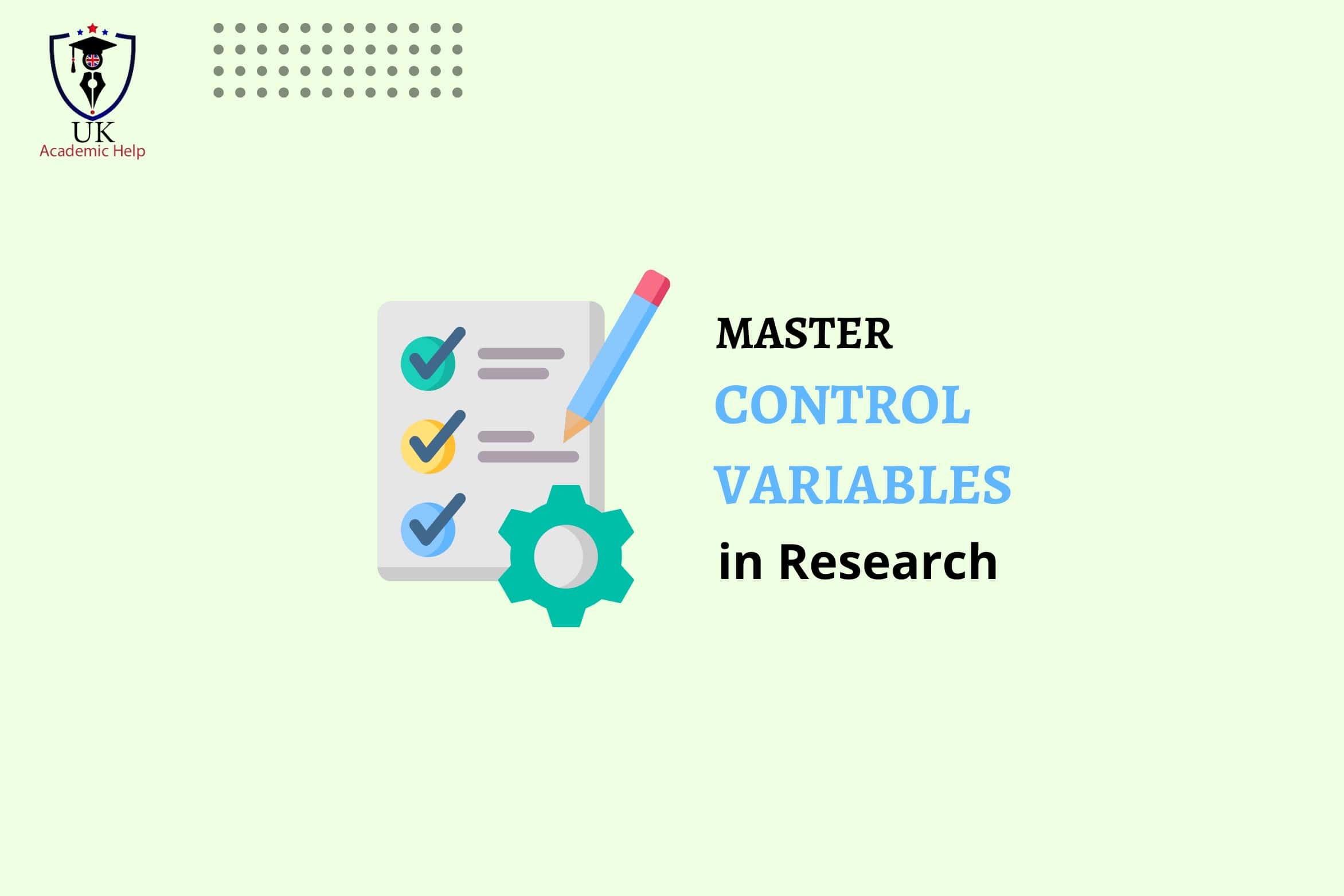Table of Contents
What is Thematic Analysis?
A thematic analysis is a method used in qualitative data analysis. The researchers use it to examine the data closely to identify and interpret data patterns and themes in text form like the data in an interview.
Thematic Analysis Psychology
This type of analysis was originally developed for research in psychology by Virginia Braun and Victoria Clarke. Hence, it is also known as “Thematic Analysis By Braun and Clarke”. Although it was first developed for psychology, but it is not limited to that. It is a flexible method and can be used in various fields of study.
Content Analysis Vs. Thematic Analysis
Content analysis is a little different from thematic analysis. It examines and counts the existence of certain words, phrases, and contexts in the form of documents and artifacts like;
- Text
- Pictures
- Videos
- Audio recording
Moreover, unlike thematic analysis, content analysis converts qualitative data into quantitative data. It can be done manually as well as through tools.
Types of Thematic Analysis
There are different types and approaches to thematic analysis. Which type you choose depends on your research design.
Inductive Thematic Analysis
In the inductive thematic analysis, there are no expected outcomes. The researcher derives the meaning and identifies the themes from the data without any preconceptions. It is used when there is no existing knowledge on the topic.
Deductive Thematic Analysis
In the deductive thematic analysis, there are some expected outcomes. The researcher analyses the data with some expected themes. This type is used when there is some sort of existing knowledge and research on the topic.
Semantic Thematic Analysis
In the semantic thematic analysis, the meaning of the data is ignored. The researcher identifies the themes at face value based on the explicit statements.
Latent Thematic Analysis
Unlike the semantic type, in latent thematic analysis, the underlying meaning is focused and the researcher finds the reasons. The data is not only taken at face value rather it involves interpretation and the meaning is not ignored.
Whatever approach you choose for your analysis UK Academic Help can assist you in carrying it out professionally.
The Thematic Analysis Process
Thematic analysis is used in many fields nowadays. Therefore, there are multiple approaches used by different researchers to conduct it. Here we will learn the basic steps to carry out the most common thematic analysis process.
Thematic Analysis Steps
Look at the types and decide which approach suits your research the most. After you decide which type of thematic analysis is right for your research, you can follow the six steps developed by Braun and Clarke.
1. Familiarisation
The first step in the process is to get familiar with your data. You need to go through your data thoroughly before you start to analyse it. It may include listening to audio recordings, reading text, and making initial notes.
2. Coding
Once you are well familiar with your data, you need to code it. Coding means you have to highlight particular sections of the text and assign them short labels or ‘codes’ to describe them.
3. Generating themes
After coding, you have to look at the codes and identify patterns in them. Then you can start generating themes. Generally, themes are broader than codes. Several codes can be combined to create a theme. If you find irrelevant codes, you can skip them. Make sure to create only meaningful codes.
4. Reviewing themes
After generating the themes, you need to review them and make sure that they are useful and represent the data accurately. You can try comparing your themes to the database. Check if anything is missing or not and whether they represent the data accurately or not. If anything is missing or it does not represent the data accurately then you can make changes. You can split them, recombine them, discard them, or even create new themes to make them more useful and accurate.
5. Defining and naming themes
After finalizing the themes you have to define and name them.
To define them, you have to formulate the exact meaning of the themes and figure out how it will help to understand the data. To name the themes, you need to come up with a name that is easy to understand.
6. Writing
It’s finally time to write it up. You have to write your analysis properly like any other academic writing. You need to write an introduction, a methodology, the results, and finally the conclusion.
You can write your own thematic analysis. Certainly, it is not an easy task to do, so if you don’t feel confident enough you can get a dissertation writing service or case study help as well. This will help you professionally write your thematic analysis without any flaws.
Thematic Analysis Example
To get a better understanding here is a short example of thematic analysis in qualitative research for you.
Suppose, the research is on the perceptions of global warming among voters who are older than 50, and the data is in the form of interviews.
Now, we will assume a small extract from the interview.
“Honestly, I am not certain about it, the climate is changing I guess but I am not aware of the reasons behind it. People say I should trust the experts, but how can we be sure they are not pushing their narrative due to their own reasons? I not denying what they are saying, it’s just I think we can not trust them completely. The facts keep changing, the statements keep changing, I am not sure about all these changes.”
Now let’s code it and see what a thematic analysis table looks like.
| Interview Extract | Codes |
| Honestly, I am not certain about it, the climate is changing I guess but I am not aware of the reasons behind it. People say I should trust the experts, but how can we be sure they are not pushing their narrative due to their own reasons? I not denying what they are saying, it’s just I think we can not trust them completely. The facts keep changing, the statements keep changing, and I am not sure about all these changes. |
|
That described highlighting and coding.
Now let’s turn the codes into themes.
| Codes | Themes |
|
Uncertainty |
|
Awareness |
|
Distrust of experts |
After making themes, we can review them and decide whether they fit or not.
Then it’s time to name and define. For instance, “Distrust of experts” may look better if we name it “Distrust of authorities”. Now you can finally write it up.
Remember that the above-mentioned scenario was just an example to help you better understand the concept.
Thematic Analysis in Different Disciplines
Although thematic analysis can be done in any field, but here is a list of some most common subjects in which thematic analysis can be used;
- Psychology
- Sociology
- History
- Anthropology
- Geography
- Linguistics
- Economics
- Political science
- criminology
Remember that it is flexible and not limited to a few subjects. If you are still confused whether you can conduct thematic analysis or not contact us and we will help you out.
FAQs
Can we do thematic analysis manually?
Yes, you can do thematic analysis manually. But it is very time-consuming which is why software is preferred to do it.
What is reflective thematic analysis?
In reflective thematic analysis, the researcher can make changes, add, and remove codes while working through the data.
What are the advantages of thematic analysis?
The main benefits of thematic analysis are, that it is very flexible and can be modified according to your research design easily. Moreover, it enables you to generate new insights and concepts.








Leave A Comment